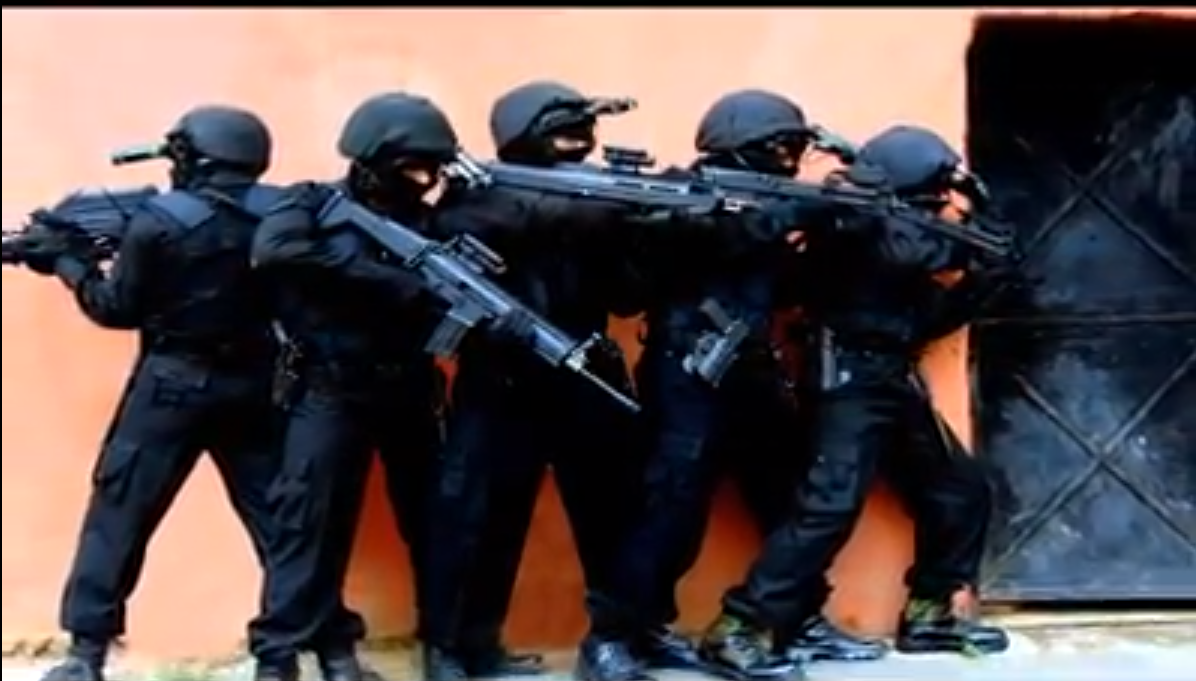Zarvan
ELITE MEMBER

- Joined
- Apr 28, 2011
- Messages
- 54,470
- Reaction score
- 87
- Country
- Location

Pune-based Armament Research & Development Establishment (ARDE) is getting ready to offer indigenously developed Joint Venture Protective Carbine (JVPC) carbine for the Indian Army
The Indian Army is to use a variety of new generation carbines for its existing weaponry. The state-owned Pune-based Armaments Research and Development Establishment (ARDE) is already testing a 5.56 caliber carbine to replace existing Russians carbines. Simultaneously the Indian Army is also searching for carbines in the global market.
ARDE is developing a new Modern Sub-machine Carbine (MSMC), which will replace the Russian 9mm-caliber carbine currently used by the Indian Army and the Indian paramilitary forces.
“Final trials are underway to ensure 99.7% reliability for the new carbine.” said an ARDE scientist. The MSMC is effective up to a range of 200 meters.
However, a senior Indian Army officer said that they would prefer to use carbines from overseas market and not depend solely on the homemade MSMC.
The New MSCMC
The MSMC was originally part of the Indian Small Arms System (INSAS) Program, undertaken by the Defence Research and Development Organisation (DRDO), initiated in 1982 to provide an indigenous small arms weapons system for the Indian armed forces. A rifle, a light machine gun (LMG) and a carbine were eventually designed as part of the INSAS family.
According to DRDO, introduction of soft-body armour rendered the erstwhile 9 mm carbine, which was operational with the Indian Army, ineffective. This led to the development of the 5.56 mm MSMC.
The problem also lay with the concept of using the same ammunition for all three weapon systems, the LMG, rifle and the carbine. The 5.56 ammunition proved to be too heavy for the short range MSMC, giving a higher recoil and flash effect than was desirable.
The new MSMC features include: a semi bull-pup weapon feed system behind the trigger mechanism, retention of butt, fitted in housing configuration, noise-reduction technology using CFD analysis for development of silencers; reflex sight and passive night sight; and integration of laser spot designator on MSMC for close quarter battle.
Besides, the MSMC has a pistol grip, which allows single-hand firing capability; magazine feeding through pistol grip; retractable butt for better stability while firing; ambidextrous cocking; fire selector to suit left and right hand firers, and, a three-point sling for better carrying and maneuverability.
The ammunition for MSMC is of conventional type with the bullet cylindro-ogival for better ballistics as compared to a 9 mm round. A steel insert has been introduced in the tip of the bullet to achieve better penetration power.
Global Hunt For Carbines
The Indian Army is also on a global hunt for procurement of 43,300 Close Quarter Battle (COB) carbines along with 43318 Night Sights and 3,33,11,500 rounds of ammunition. The tender has been sent to companies in France, Israel, Poland, Czech and Slovak Republic, Russia, Ukraine, Singapore, Germany and the USA.
The essential requirements of the COB include that the weapon should be robust enough to carry enough to withstand, rough uses under various operational conditions. In wet conditions, the weapon should function with the same frequency as dry conditions.
The weapon should achieve minimum 600 rounds per minute cycle rate of fire.
The magazine should be robust enough to withstand rough usage under various operational conditions and have a capacity of 30 rounds.
The weapons should be accurate to the extent that it is able to effectively engage a human target at 200 meters with an aim to fire under normal condition of visibility.
The performance of the weapon should not be adversely affected by extremes of temperature from -30 degrees to +55 degrees Celsius. At these low temperatures, the performance of the weapon should not be degraded by cold weather problems of.
The performance of laser sights/passive night sights and reflex sights should not be affected by the extremes of temperature from -30 degrees Celsius to +55 degrees Celsius.
http://www.battle-technology.com/exhibitions.asp?key=135

















